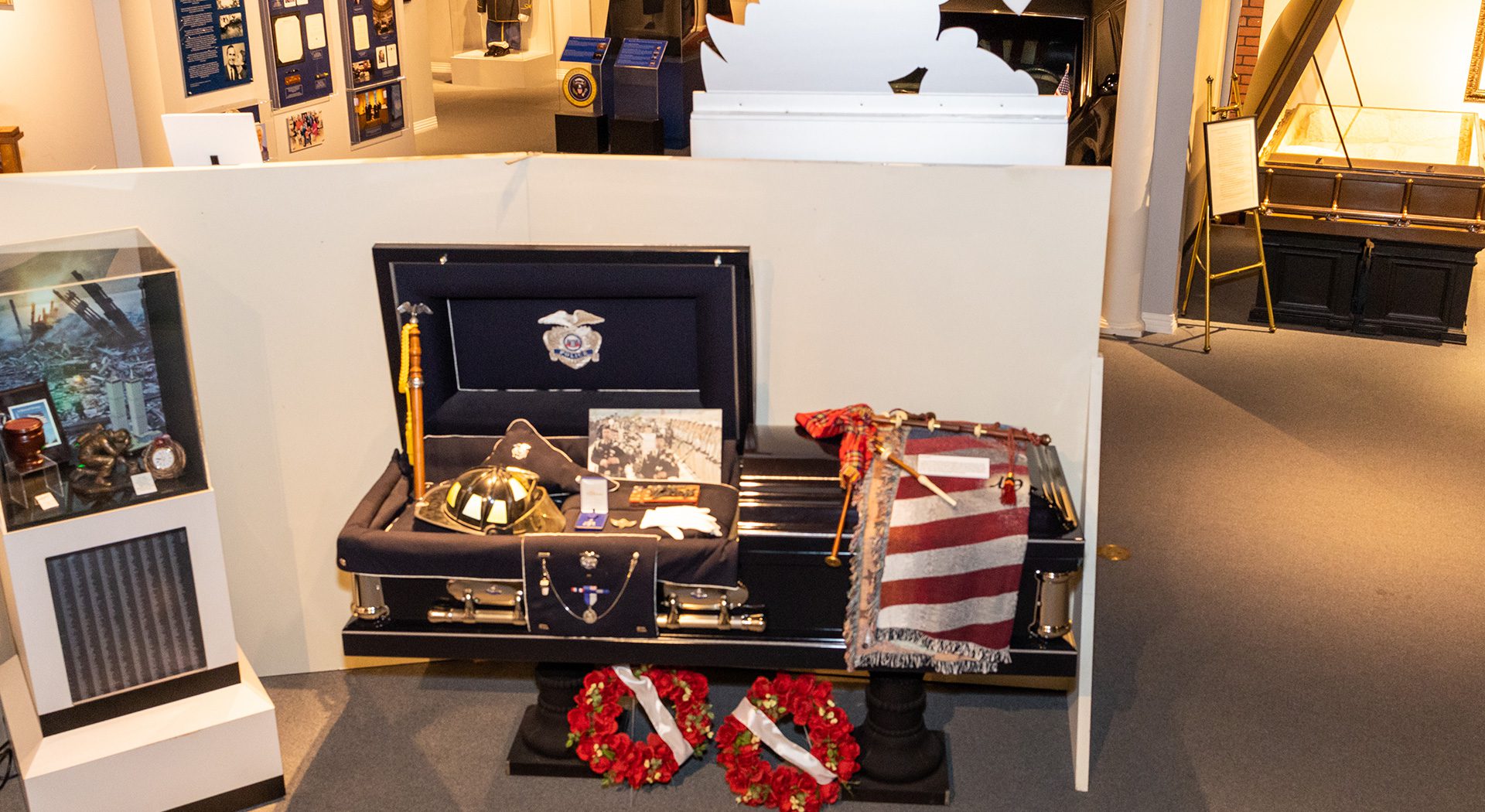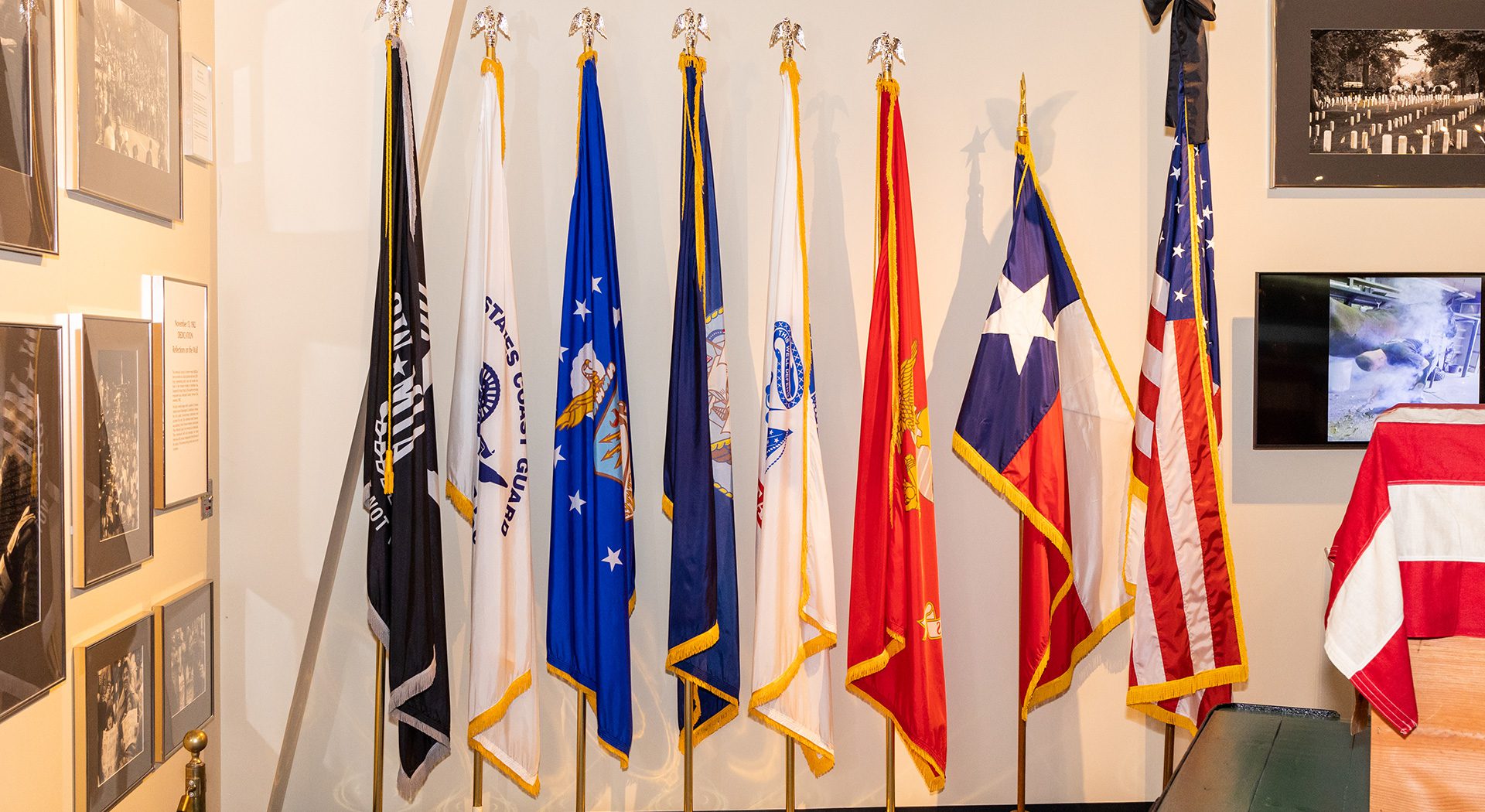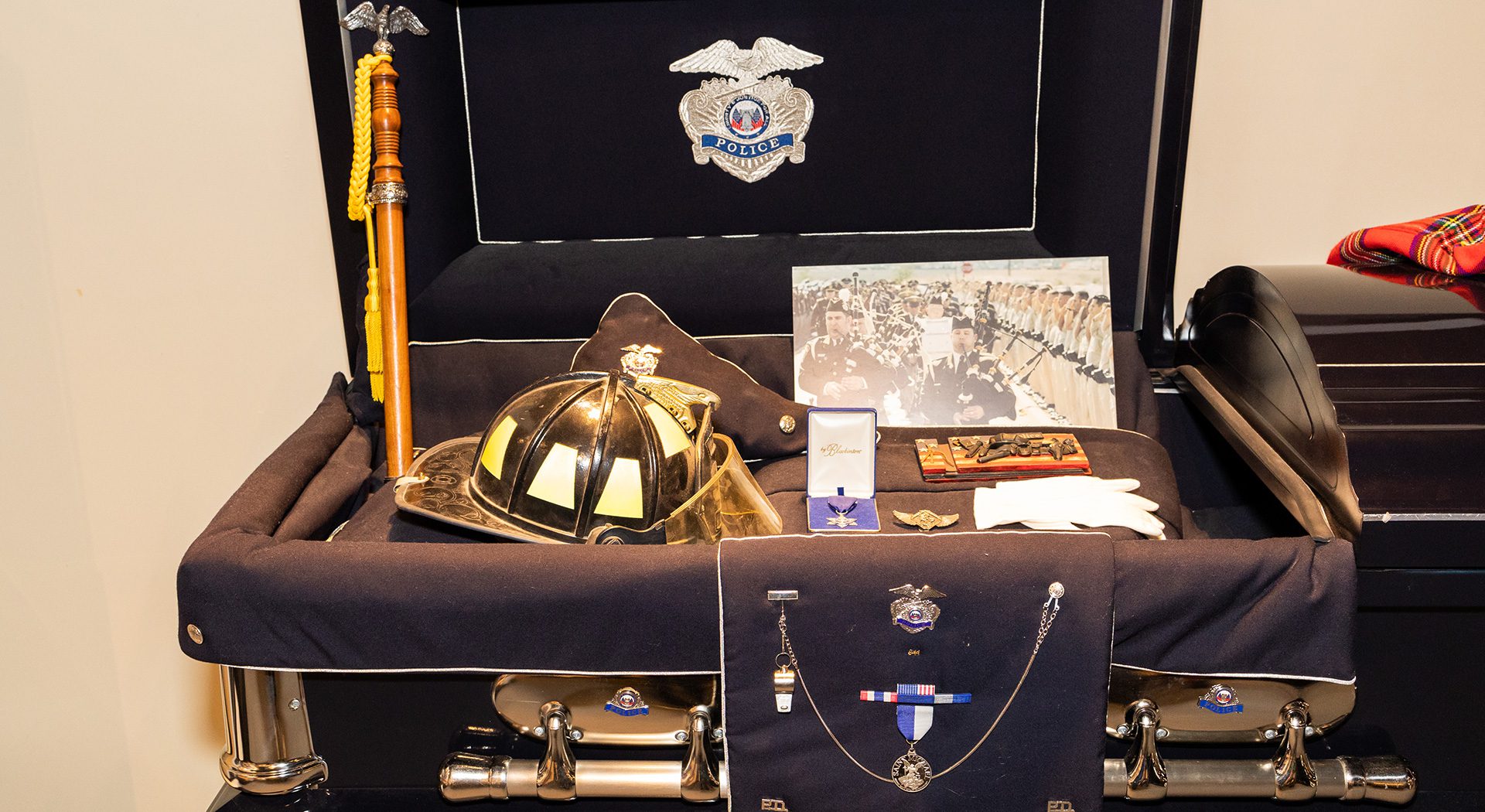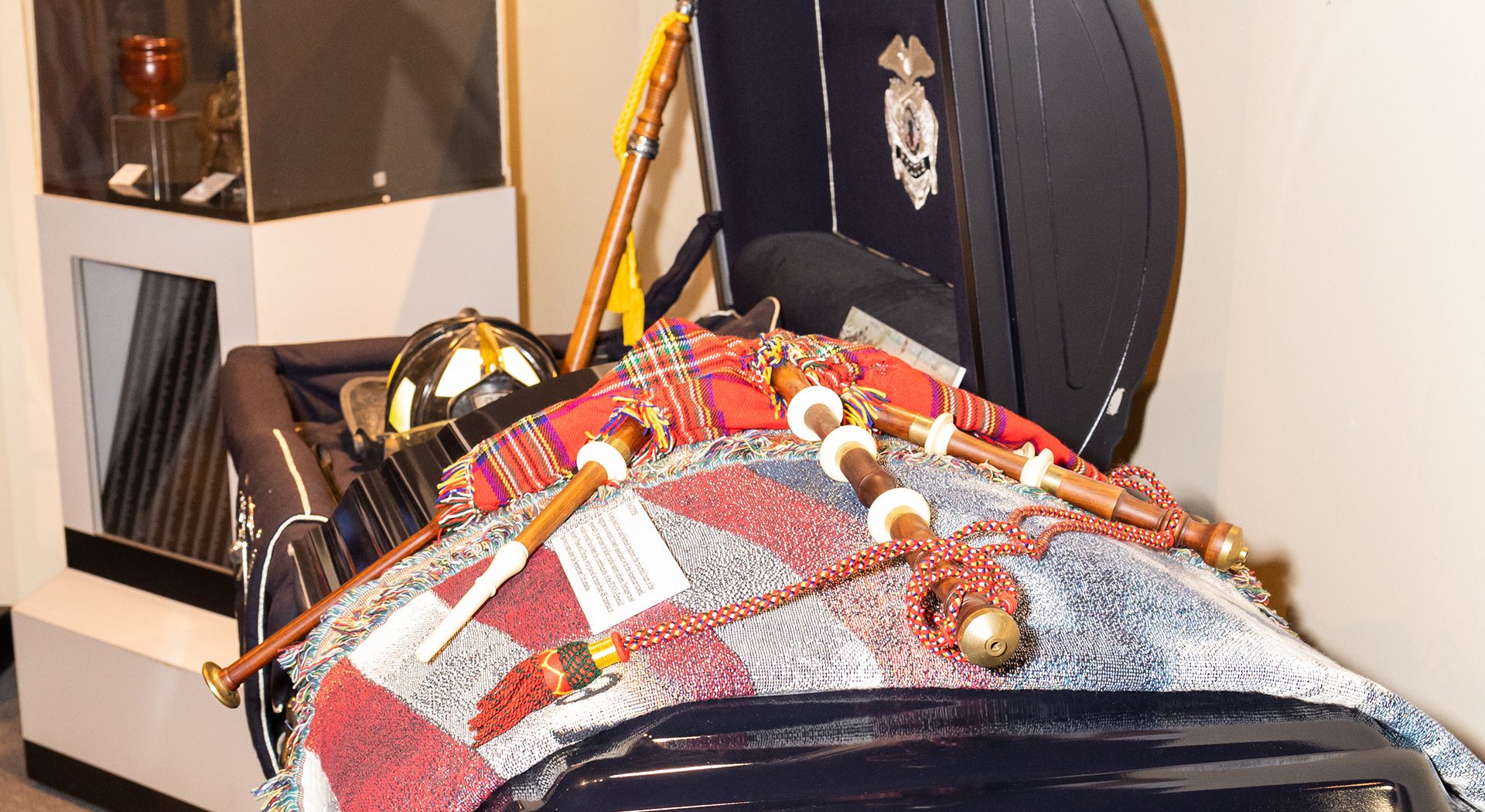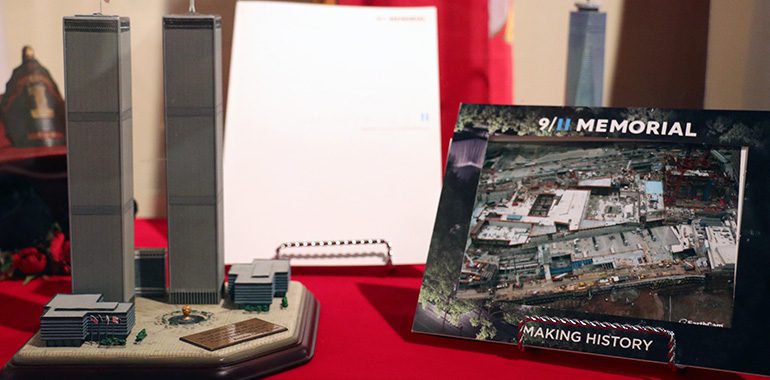S
eptember 11, 2001—a heartbreaking day in our nation’s history. Innocent men and women lost their lives. The first responders, particularly members of Fire Department New York and the New York Police Department, did not turn away. Instead, they rushed into the World Trade Center buildings while the world around them crumbled. Many lost their lives, while others who “survived” likely still suffer the physical and emotional burdens that were given them that day.
Commemoration of these sorts of tragic events is an important component of the healing process after the loss of life. The National Museum of Funeral History memorializes the men and women who lost their lives in this terrible event and pays tribute to the first responders who bravely served on that fateful September day, as well as the courageous men and women who have sacrificed their lives on other occasions while “on the job” as firefighters and police officers.
The thought of teaching young people about the horror and the honor shown on 9/11 can seem a
